Bodybuilding
Muscle Mass After Training: How to Increase It
Muscle mass is the physical property of a bodybuilder that determines how much muscle they have on their body. Most bodybuilders want to know what to do after a workout to increase muscle mass. Moreover, how long should the carbohydrate window be, and what is the proper way to recover between these options: a sauna or a cold shower?
This article will tackle the following areas as far as muscle mass is concerned:
- Human muscle mass at a glance
- Importance of muscle mass to a bodybuilder
- Muscle increment strategies
- Gym exercises to increase muscle mass
- Proteins as an important muscle-building component
Human Muscles At A Glance
Muscles are the body's largest organ and significantly impact your health. Muscles allow us to move our bodies, maintain posture, and regulate body temperature. They also help to control blood pressure. When muscles are not used for a long time, they waste away. The more muscle mass you have, the more calories you burn at rest. The more calories you burn at rest, the easier it is to lose weight or maintain weight loss goals.
The process of making muscle is called muscular hypertrophy, and it is an essential part of weight training. There are two types of muscle fiber in the body: type I and type II. Type I fibers are faster-reacting but have a limited ability to recover. They fatigue quickly, causing a decrease in force production and shortening muscular endurance. These fibers increase bulk and size but don't provide many benefits for strength development or athletic performance pursuits because they do not make as much force as type II fibers.
Type II fibers are slower-reacting but have a high ability to recover. They fatigue slowly, delaying fatigue and increasing muscular endurance. These fibers increase strength and power development, improving athletic performance because they make more force than type I fibers. Muscles are the body's largest organ and significantly impact your health. Muscles allow us to move our bodies, maintain posture, and regulate body temperature.
Importance of Muscle Mass to A Bodybuilder
Muscle mass is the physical property of a bodybuilder that determines how much muscle they have on their body. It's also essential in determining a person's strength and power. Muscle mass can be increased through exercise and training, but it will not happen overnight.
Muscle mass for a bodybuilder may be crucial when building one's physique. A person's physical property determines how much muscle they have on their body and is also an essential factor in determining their strength and power. Muscle mass can be increased through exercise and training, but it will not happen overnight, as one must work hard over time to see results.
Muscle Increment Strategies
To increase muscle mass, one must train with weights and eat a diet high in protein. I. Training with weights: To increase muscle mass, one must train with weights. This will help the body build new muscle tissue and prevent any loss of muscle mass due to aging or illness.
Weight training should be done at least twice weekly for 20 minutes per session. This tea is best made after an aerobic workout as it helps the muscles recover. The person should start by lifting lightweight loads for 12-15 repetitions before gradually increasing the weight load and decreasing repetitions until they reach their maximum limit for strength training, which should not exceed 5-6 repetitions per set.
The person should then take a break before repeating this process twice. II. Diet: A diet high in protein will also help build new muscle tissue and maintain existing ones by providing essential amino acids for muscle protein synthesis. A diet low in carbohydrates will also help the body reach a state of ketosis, allowing the body to metabolize fat more effectively.
It also stimulates appetite and increases exercise endurance. The person should avoid eating processed foods with added sugar, carbs, and fats as these will not provide the necessary nutrients for building muscle mass and may lead to poor recovery from workouts.
Gym Exercises to Increase Muscle Mass
During exercise, muscles fill the need for energy due to glycogen. Glycogen is stored in muscle and liver and is a derivative of glucose - the consumption of carbohydrates replenishes its reserves.
That's why taking carbohydrates before and after exercise is so essential since this is the only way you will provide optimal nutrition for muscle growth. But it is important to remember that a sauna and a cold shower have different effects on protein synthesis and recovery. Maybe you have heard about carbohydrates and know what it supposes.

But if you are one of those who are still trying to understand what it means, then we will explain it further. So, after a workout, the body needs to recuperate, and all of the calories consumed within half an hour after the power load go to the growth of muscle tissue. If the body does not receive energy from the outside during this period, it starts to burn the existing muscle.
Namely, this half-hour is called so carbohydrate window. Specialists say that the best choice for getting quick energy is fast carbohydrates. The recommended amount is about 60 g.
Besides carbohydrates, the body needs protein too. The best of its source is the amino acids that are so quickly digested. You can use them in liquid and capsule forms (e.g., BCAA). You have to know that the rate of assimilation is about the same.
Proteins As An Important Muscle-Building Component
Protein from protein shakes requires a longer time to be assimilated, so the best would be to consume cocktails before a workout. If you can not's, after training, then know that a protein cocktail is better than not all.
Lead rider to the injury of the sauna on muscle recovery. Although most bodybuilders consider a sauna the best choice for recovering after a workout, studies have proven it hurts muscle growth. These studies have shown glycogen synthesis; consequently, muscle recovery slows considerably at temperatures above 30 degrees. In other words, a sauna after a workout is not the best choice.
Must Read: How to Recover and Grow muscles
These studies also suggest that the low room temperature, achieved by taking a cold shower, is the best option for a workout. This temperature accelerates glycogen synthesis and muscle recovery.
In addition, it has been proved that washing the face with cold water immediately after exercise is very helpful. Firstly is a slow heartbeat, and the second normalizes blood pressure. In addition, it increases the oxygen content in blood and its availability to the muscle tissue, which is essential for the rapid transport of nutrients for optimal recovery after training.
Overall
If you want to build muscle and not make your workouts inefficient, give up the sauna or other heating methods and replace them with a cold shower, which significantly improves the body's condition and speeds up recovery.
Bodybuilding
Mastering Bodybuilding in 2025: Top Fitness Tips for Success
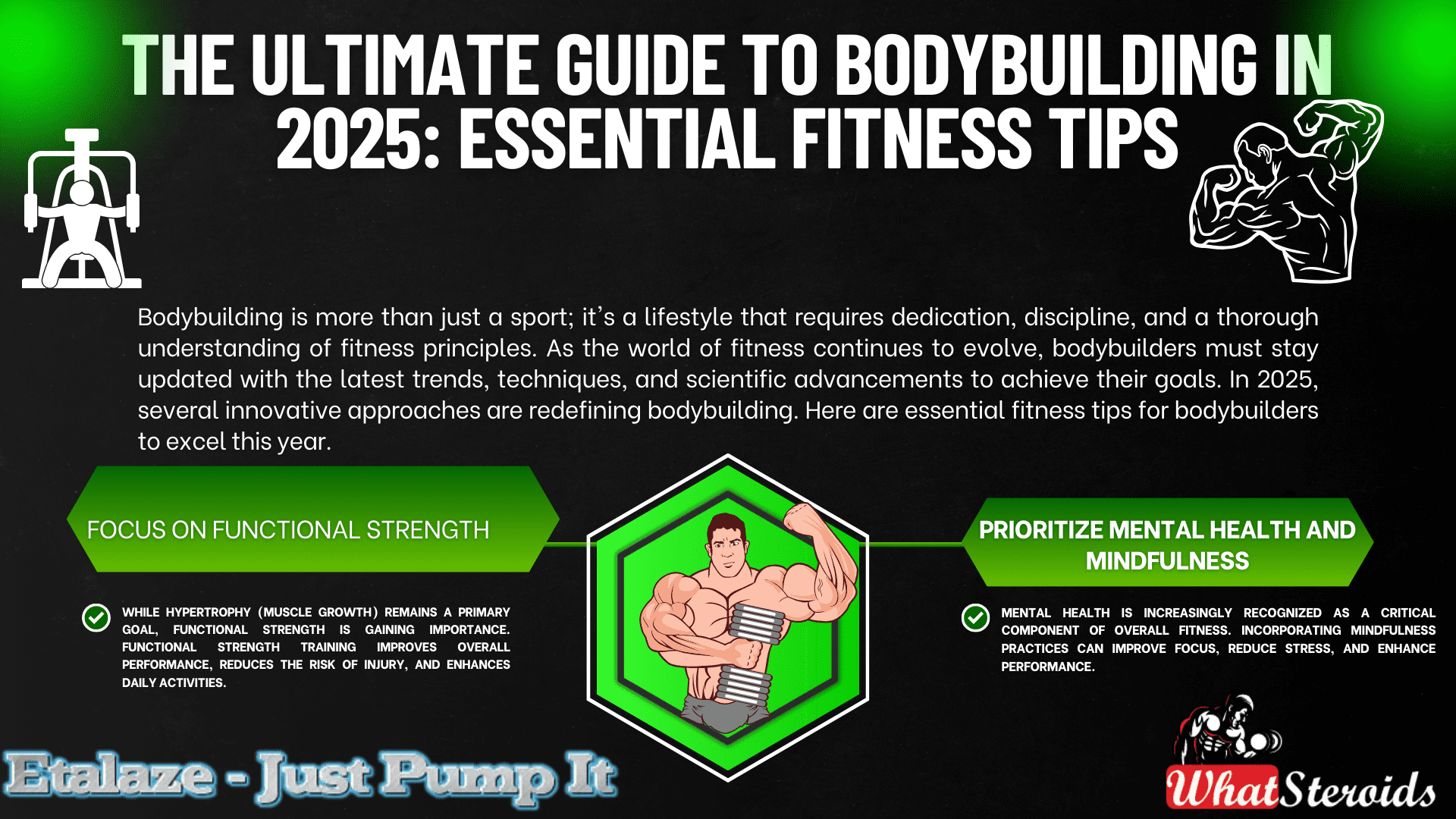
Bodybuilding is more than just a sport; it's a lifestyle that requires dedication, discipline, and a thorough understanding of fitness principles. As the world of fitness continues to evolve, bodybuilders must stay updated with the latest trends, techniques, and scientific advancements to achieve their goals. In 2025, several innovative approaches are redefining bodybuilding. Here are essential fitness tips for bodybuilders to excel this year.
Read More: Bodybuilder Winter Clothing: Staying Warm and Stylish
Embrace Technology-Driven Workouts
In 2025, technology plays a significant role in bodybuilding. Wearable devices, fitness apps, and virtual reality (VR) training are now integral components of an effective workout regimen.
Wearable Devices
Modern wearables track everything from heart rate and sleep patterns to muscle activation and caloric expenditure. Utilize these devices to monitor your progress and make data-driven adjustments to your training and nutrition plans.
Fitness Apps
Leverage fitness apps for customized workout plans, progress tracking, and virtual coaching. Many apps now incorporate artificial intelligence to provide personalized feedback and recommendations.
Virtual Reality Training
VR technology offers immersive workout experiences, allowing bodybuilders to simulate different training environments and scenarios. This can enhance motivation and add variety to your routine.
Focus on Functional Strength
While hypertrophy (muscle growth) remains a primary goal, functional strength is gaining importance. Functional strength training improves overall performance, reduces the risk of injury, and enhances daily activities.
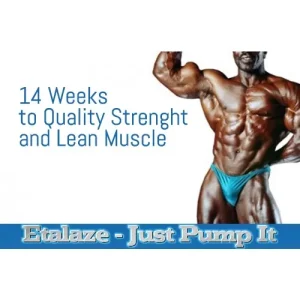 Check Out Our1 4 Weeks Quality Strength & Lean Muscles
Check Out Our1 4 Weeks Quality Strength & Lean Muscles
Compound Movements
Incorporate compound exercises like squats, deadlifts, and bench presses. These movements engage multiple muscle groups and joints, promoting balanced strength development.
Core Stability
Prioritize exercises that strengthen the core, such as planks, Russian twists, and leg raises. A strong core supports better lifting mechanics and reduces the risk of lower back injuries.
Optimize Nutrition for Muscle Growth and Recovery
Nutrition is the cornerstone of successful bodybuilding. In 2025, the focus is on personalized nutrition plans tailored to individual needs and goals.
Protein Intake
Ensure adequate protein intake to support muscle repair and growth. Aim for 1.6 to 2.2 grams of protein per kilogram of body weight per day, depending on your training intensity and goals.
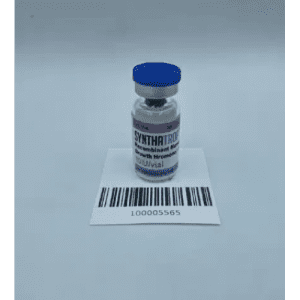 Click Here to Buy SynthaTrope By SynthaPharma
Click Here to Buy SynthaTrope By SynthaPharma
Nutrient Timing
Pay attention to nutrient timing to maximize muscle recovery and growth. Consume protein and carbohydrates within 30 minutes post-workout to replenish glycogen stores and kickstart muscle repair.
Supplements
Utilize supplements wisely. Creatine, branched-chain amino acids (BCAAs), and omega-3 fatty acids are popular choices for enhancing performance and recovery.
Prioritize Mental Health and Mindfulness
Mental health is increasingly recognized as a critical component of overall fitness. Incorporating mindfulness practices can improve focus, reduce stress, and enhance performance.
Meditation
Incorporate meditation into your daily routine to reduce stress and improve mental clarity. Mindfulness meditation can enhance your mind-muscle connection during workouts.
Visualization
Use visualization techniques to mentally rehearse your workouts. Visualizing successful lifts and achieving your goals can boost confidence and motivation.
Rest and Recovery
Prioritize rest and recovery to prevent burnout and overtraining. Ensure you get 7-9 hours of sleep per night and incorporate rest days into your training schedule.
Leverage Advanced Training Techniques
Advanced training techniques can help break through plateaus and stimulate muscle growth. In 2025, several methods are gaining popularity among bodybuilders.
Blood Flow Restriction (BFR) Training: BFR involves restricting blood flow to the muscles during low-intensity exercises. This technique can enhance muscle growth and strength without the need for heavy weights.
Eccentric Training: Focus on the eccentric (lowering) phase of exercises. Eccentric training can stimulate greater muscle damage and growth compared to traditional concentric movements.
Periodization: Implement periodization into your training plan. Varying the intensity, volume, and type of exercises can prevent plateaus and ensure continuous progress.
Incorporate Recovery and Mobility Work
Recovery and mobility are essential for preventing injuries and maintaining optimal performance. In 2025, bodybuilders are paying more attention to these aspects of training.
Foam Rolling and Myofascial Release: Use foam rollers and massage balls to release muscle tightness and improve flexibility. Regular myofascial release can reduce soreness and enhance recovery.
Stretching: Incorporate dynamic stretching before workouts and static stretching after workouts. Stretching improves range of motion and prevents muscle imbalances.
Cryotherapy and Hydrotherapy: Explore recovery techniques like cryotherapy (cold therapy) and hydrotherapy (water therapy) to reduce inflammation and accelerate muscle recovery.
Engage in Continuous Learning and Community Building
The fitness industry is constantly evolving, and staying informed is crucial for success. Engage in continuous learning and connect with the bodybuilding community for support and motivation.
Educational Resources: Read books, watch videos, and attend seminars to stay updated on the latest research and trends in bodybuilding.
Community Engagement: Join online forums, social media groups, and local bodybuilding clubs. Sharing experiences and knowledge with fellow bodybuilders can provide valuable insights and encouragement.
Professional Guidance: Consider working with a certified personal trainer or coach. Professional guidance can help you optimize your training and nutrition plans, ensuring you're on the right track.
With your FB Plus subscription or active FB Plus Pass, you now have access to 124 weeks of our most popular workout programs, which typically sell for $10-$30 each. Additionally, our popular 4-week Meal Plan is included. This is on top of the 38 Challenges and Programs that are already available to Plus members.
We've also introduced a new feature that many of you have requested. To assist you in choosing your next program, you can now preview each day of any program from its detail view. This feature lets you see all the included workout videos and content before you schedule it, ensuring you know exactly what to expect.
Conclusion
In 2025, bodybuilding is more than just lifting weights; it's a holistic approach to fitness that encompasses technology, nutrition, mental health, and advanced training techniques. By embracing these fitness tips, bodybuilders can achieve their goals, stay injury-free, and enjoy a fulfilling fitness journey. Remember, consistency and dedication are key to success in bodybuilding. Stay committed, keep learning, and most importantly, have fun on your path to becoming the best version of yourself.
Bodybuilding
Top Video Games for Bodybuilders in 2025
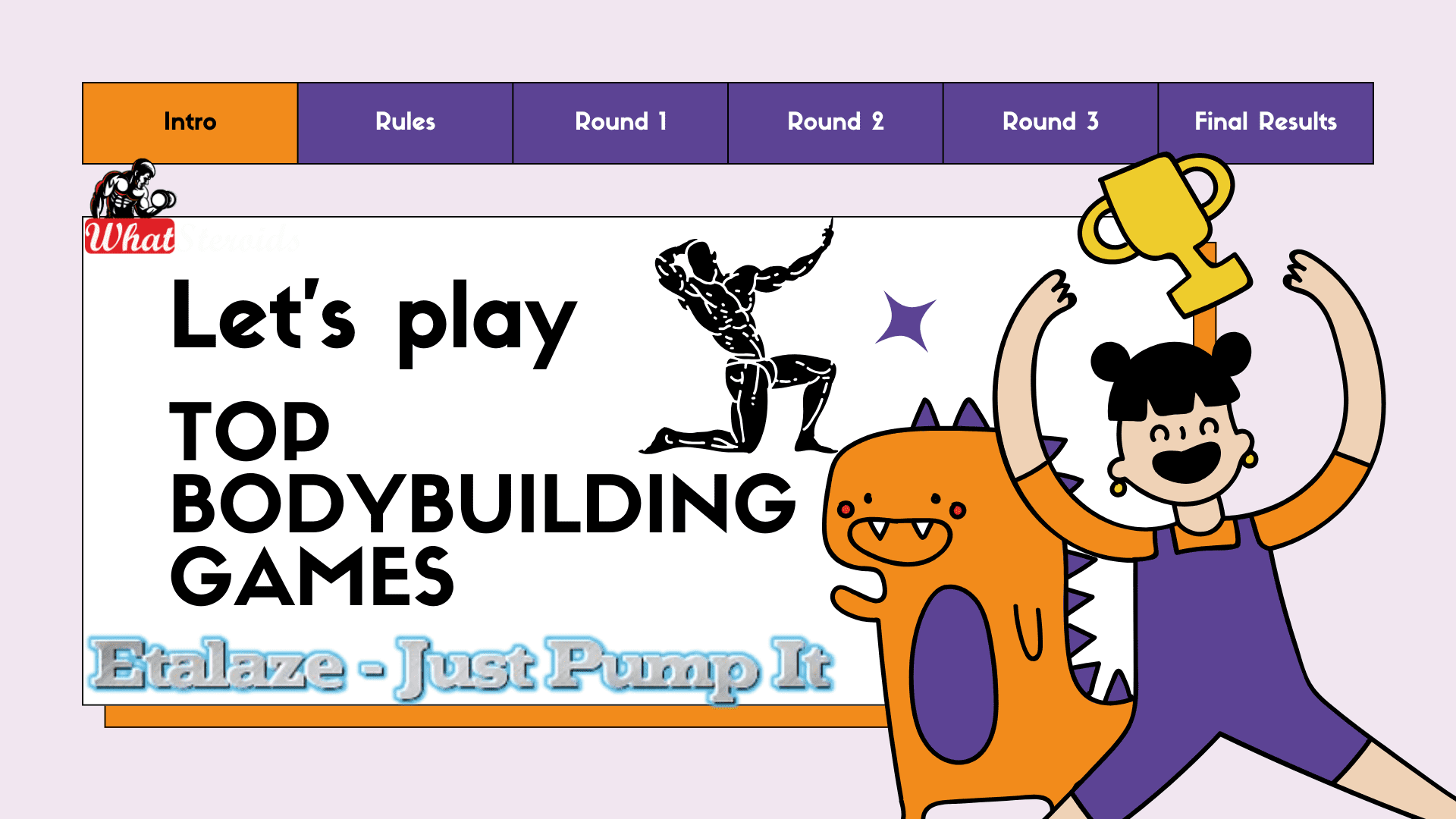
There are several video games that can be great for bodybuilders, combining fitness and fun! Here are some of the best options:
Ring Fit Adventure (Nintendo Switch)
The game uses the Ring-Con and Leg Strap to guide you through various exercises and adventures. It's a fun way to get a full-body workout while playing a game.
Fitness Boxing 2: VR Boxing Remastered (PlayStation VR)
It offers a full-body boxing workout with a variety of punches and combos. It's a great way to improve your fitness while enjoying a virtual boxing experience.
Must Read: Marvel-Inspired Training Clothing on Amazon
Just Dance 2024
This popular dance game gets you moving to the beat with a variety of songs and dance routines. It's a fun way to burn calories and improve your coordination.
Zumba Fitness
Burn It Off (Nintendo Wii): This game offers a fun and energetic Zumba workout, perfect for those who enjoy dancing and want to get a good cardio workout.
Yoga for Beginners
If you're looking for a more relaxing workout, yoga games can help improve flexibility and reduce stress. Many of these games offer guided yoga sessions that you can follow along with.
Gym Tycoon
This game lets you build and manage your own gym, complete with various workout equipment and fitness classes. It's a great way to learn about different exercises and how to create effective workout routines.
The Sims 4: Fitness Stuff Pack
This expansion pack for The Sims 4 adds fitness equipment and activities to the game, allowing you to improve your character's fitness and join the athlete career.
Grand Theft Auto: San Andreas
While not a traditional fitness game, this classic game includes bodybuilding activities that can help your character gain muscle and improve fitness.
Knockout Home Fitness (Nintendo Switch)
This game offers a variety of boxing workouts that can help improve your strength and endurance.
Gym Simulator 24 (PC)
In this simulation game, you can build and manage your own fitness empire, creating workout routines and managing gym equipment.
Let's Get Fit (Nintendo Switch)
This game focuses on pure workouts, allowing you to set programs and follow along with digital trainers for a customized fitness experience.
Beat Saber (VR)
A popular VR game where you slash blocks to the beat of the music, providing an intense full-body workout.
Synth Riders (PlayStation VR)
This game combines freestyle dance and fitness, offering high-tempo tracks and multiplayer modes for a fun and energetic workout.
Yoga Master (PlayStation)
Designed by professional yoga coaches, this game offers a variety of yoga lessons and poses to improve flexibility and reduce stress.
Les Mills Bodycombat (PlayStation VR)
A martial arts-inspired workout game with a range of workout plans and coaching to keep you motivated.
OhShape Ultimate (PlayStation VR)
This game provides a full-body cardio workout with six sessions and two difficulty levels, designed to engage every part of your body.
These games offer a mix of cardio, strength, and flexibility workouts, making them great additions to your fitness routine.
Related Article: Supplemental Breast Milk for Bodybuilders
Bodybuilding
2nd Edition of Natural Bodybuilding Competition Facts
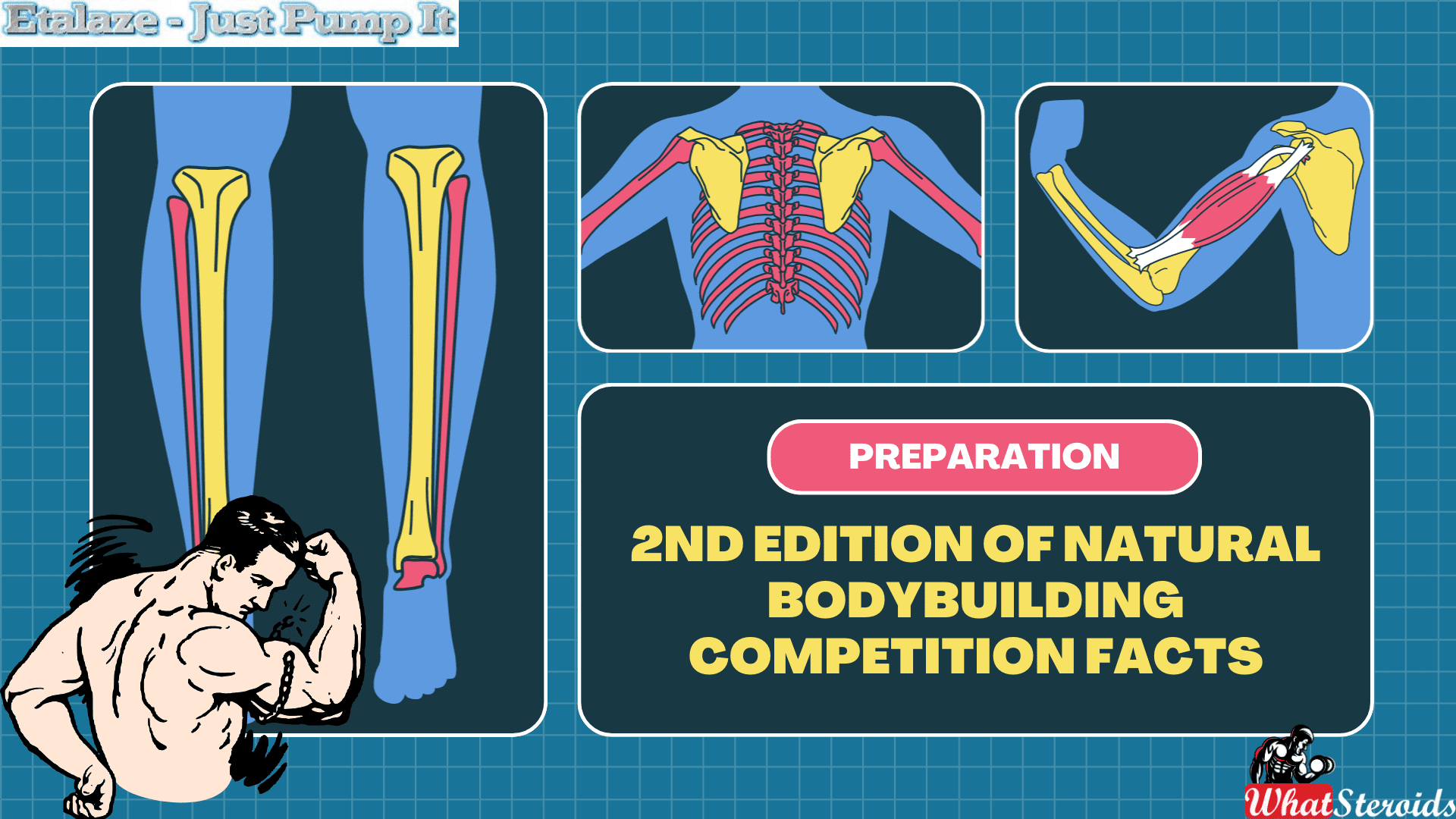
Natural bodybuilding competitions are designed to promote and celebrate athletes who build their physiques without the use of performance-enhancing drugs. These events emphasize fair play, health, and the natural development of muscle mass and definition.
The second edition of natural bodybuilding competitions has gained momentum globally, particularly focusing on drug-free athletes. These competitions are hosted by various organizations like the INBA/PNBA (International Natural Bodybuilding Association/Professional Natural Bodybuilding Association) and OCB (Organization of Competitive Bodybuilders).
In 2024, several notable events have been planned, including the INBA Natural Universe and INBA World Cup, both of which emphasize natural bodybuilding through rigorous drug testing policies. These events aim to showcase competitors who adhere to strict drug-free protocols, and winners often earn pro cards allowing them to compete in higher-level professional competitions.
These competitions focus on categories like men's bodybuilding, classic physique, and women's figure and bikini, among others. Athletes undergo polygraph and urine tests to ensure compliance with natural bodybuilding standards. The winners often receive medals, trophies, or pro status
-

 Steroids2 years ago
Steroids2 years agoVOX Testing: Why Bodybuilders Must Have It Tested Regularly
-

 Steroids2 years ago
Steroids2 years agoShavers and Other Body Grooming Equipment for Bodybuilders In 2023
-

 Steroids2 years ago
Steroids2 years agoChatGPT and Other Avenues to Find Great Bodybuilding Coaches
-

 Steroids2 years ago
Steroids2 years agoBest Oil Recommendations Before Competition for Subtle Shimmer
-

 Steroids2 years ago
Steroids2 years agoPowerlifting Vs Power Building: Find Out the Big Difference and When to Shift Between the Two
-

 Nutrition1 year ago
Nutrition1 year agoEverything Nutritional Food: What’s Too Much Or Too Little
-

 Bodybuilding Products1 year ago
Bodybuilding Products1 year agoTelmisartan In Bodybuilding: An Expert’s Advice
-

 Anabolic Steroids1 year ago
Anabolic Steroids1 year agoLegality of Anabolic Steroids In Latin America
-

 Beginners2 years ago
Beginners2 years agoTren Cycle for Beginners
-

 Bodybuilding1 year ago
Bodybuilding1 year agoList of FDA-Approved Peptides
-

 Bodybuilding2 years ago
Bodybuilding2 years agoCompetition Prep Cycle for Pro Bodybuilders
-

 Bodybuilding1 year ago
Bodybuilding1 year agoChia Seeds in A Bodybuilder’s Diet: An Expert’s Advice
-
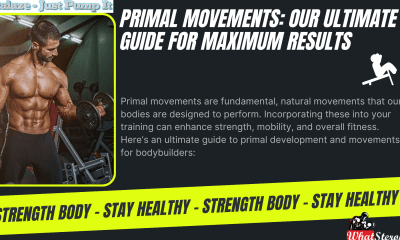
 Bodybuilding7 months ago
Bodybuilding7 months agoPrimal Movements: Our Ultimate Guide for Maximum Results
-
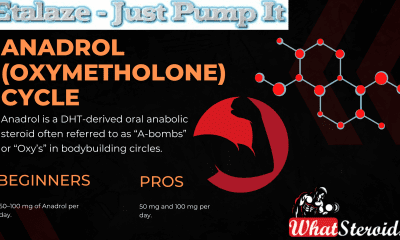
 Steroids11 months ago
Steroids11 months agoAnadrol Cycle: Benefits, Doses, Alternatives, etc.
-
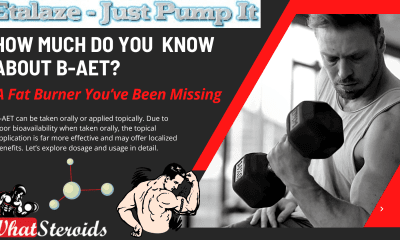
 Anabolic Steroids11 months ago
Anabolic Steroids11 months agoHow Much Do You Know About B-AET? A Fat Burner You’ve Been Missing
-
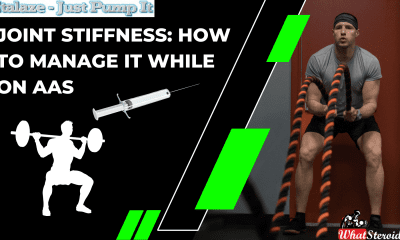
 Anabolic Steroids8 months ago
Anabolic Steroids8 months agoJoint Stiffness: How to Manage It While on AAS
-
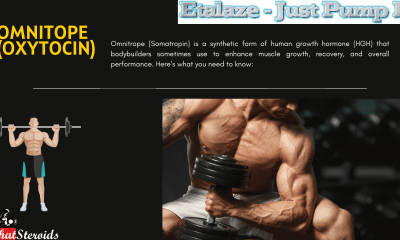
 Steroids9 months ago
Steroids9 months agoOmnitope (Oxytocin)
-

 Bodybuilding1 year ago
Bodybuilding1 year agoHow Much Is Too Much Cardio? Understanding Heart Rate Zones
-

 Product Reviews11 months ago
Product Reviews11 months agoTop Vitamins for Skin Health
-
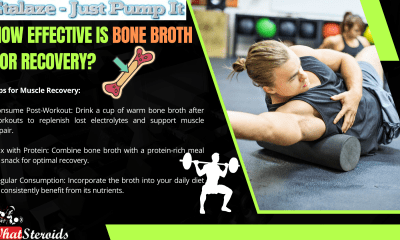
 Bodybuilding8 months ago
Bodybuilding8 months agoHow Effective is Bone Broth for Recovery?
-
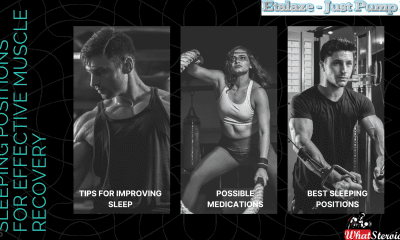
 Steroids8 months ago
Steroids8 months agoSleeping Positions for Effective Muscle Recovery
-
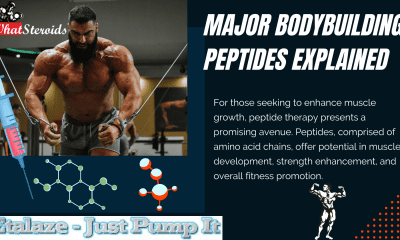
 Steroids10 months ago
Steroids10 months agoMajor Bodybuilding Peptides Explained
-
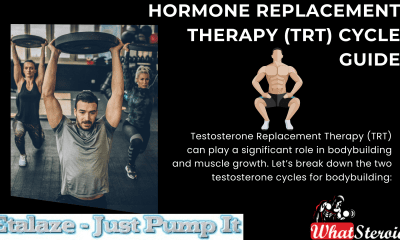
 Bodybuilding9 months ago
Bodybuilding9 months agoHormone Replacement Therapy (TRT) Cycle Guide
-

 Bodybuilding1 year ago
Bodybuilding1 year agoCalorie Dumping: A Bodybuilder’s Guide
-

 Anabolic Steroids1 year ago
Anabolic Steroids1 year agoStart The New Year Strong With These Tips








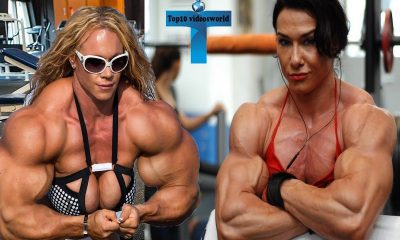



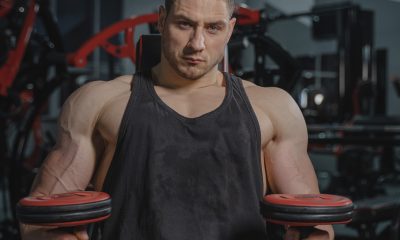


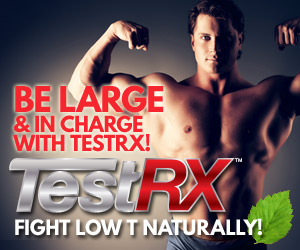

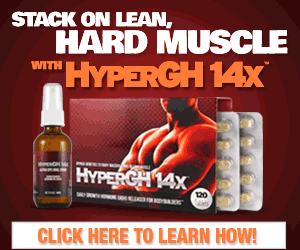
 Click here to buy 1-Test Cyp/DHB 100 by Dragon Pharma
Click here to buy 1-Test Cyp/DHB 100 by Dragon Pharma









